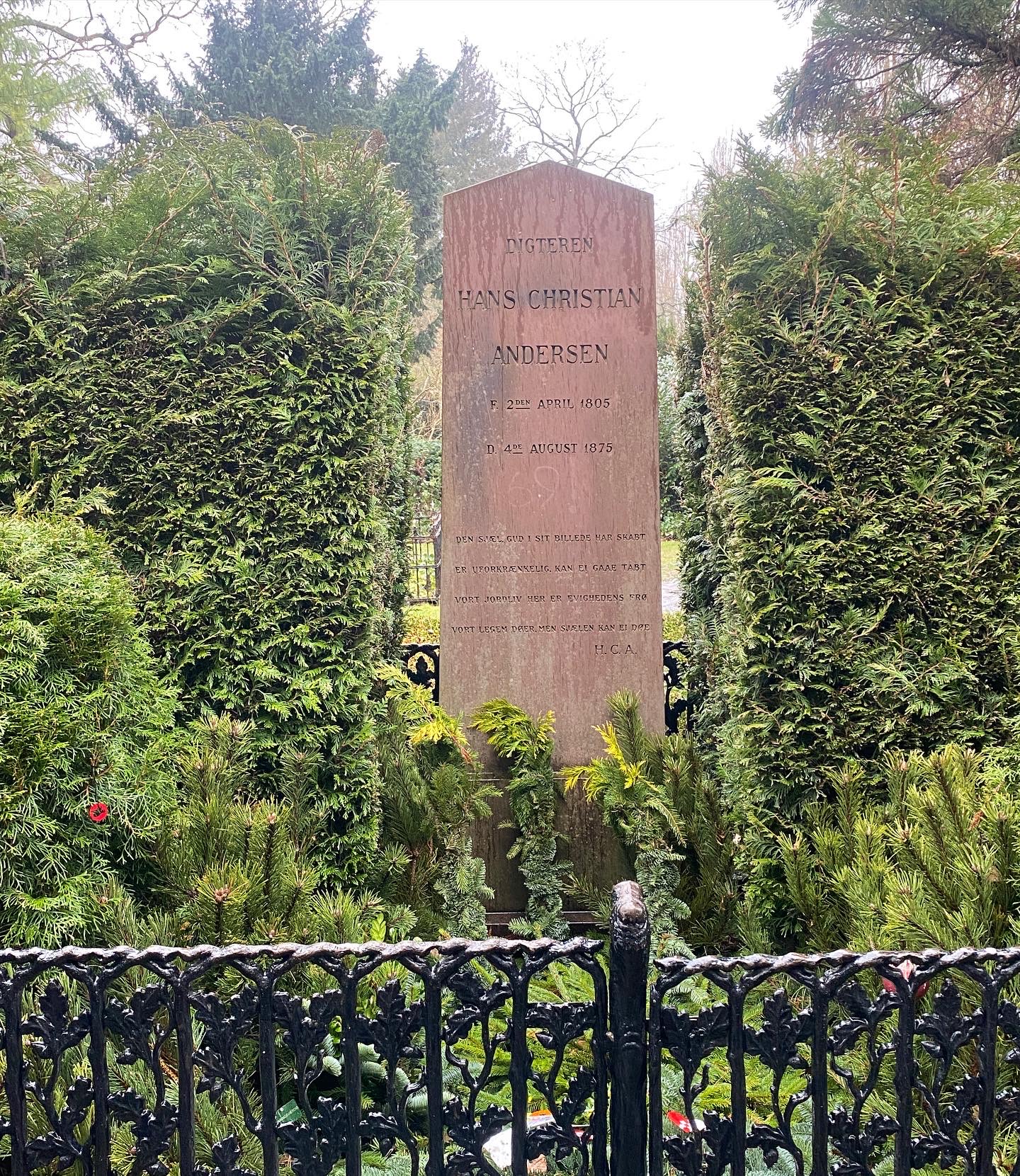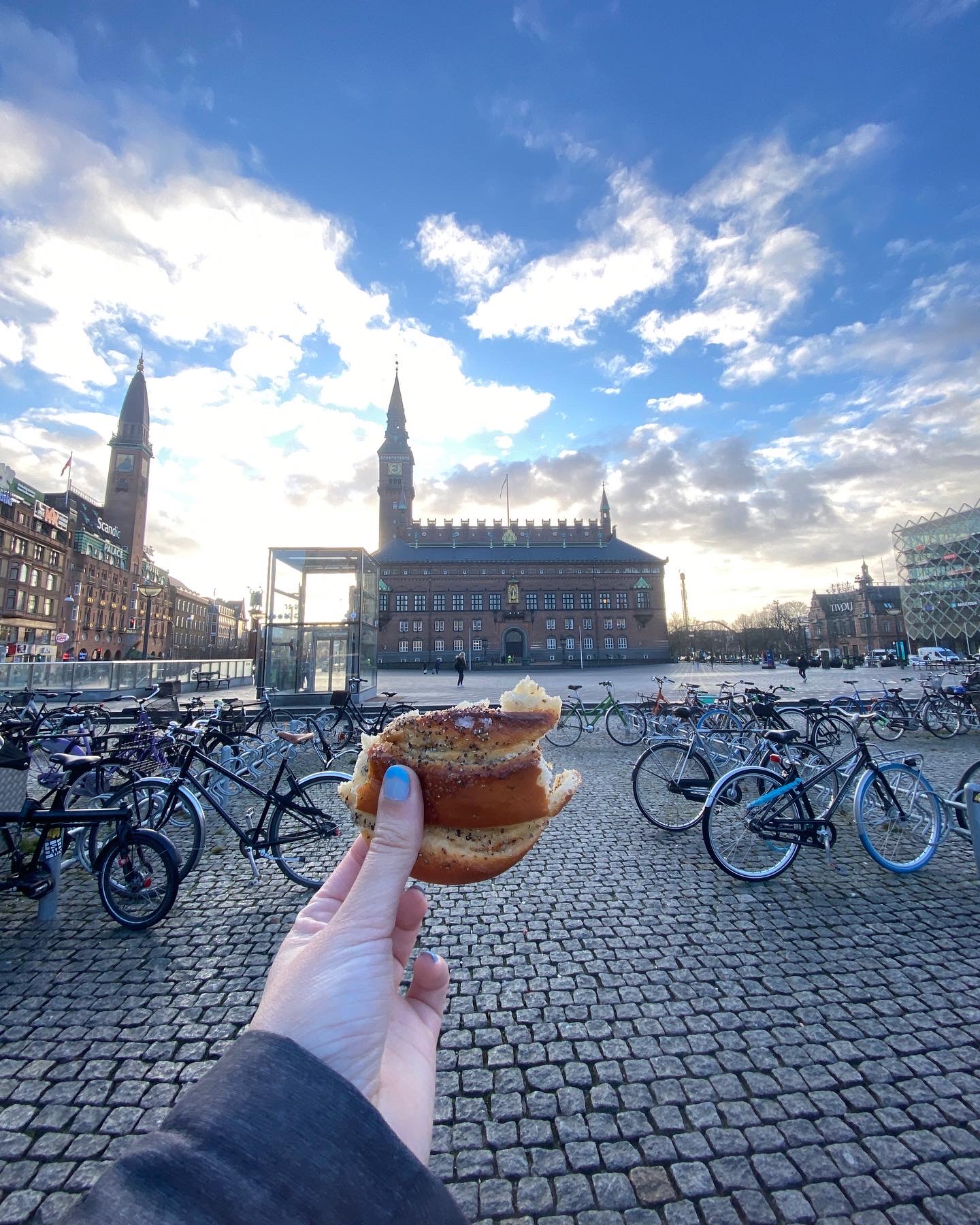
Back to School and Field Study
It’s the first week back to classes after my week off with covid. It’s also the first week back to elective classes since the week prior was core course week. During core course week was when you spend the week with your core course and travel around Denmark doing activities pertaining to your core course. This week is not only a great way to be hands-on in learning the subject, but you also get to see places of Denmark that you may not have thought to travel before. In DIS terms, a core course is similar to a class that acts as your “mini-size” major “. It’s the class you spend the most time and focus on. For me, that is my Sustainable Food: Production and Consumption. Because I was sick, I unfortunately didn’t participate the entirety of the week. From my class recap, my classmates went on a variety of excursions. These excursions included visiting a conventional pig farm, sustainable restaurants, a research facility, a nature therapy resort, an ice cream manufacturer, and Copenhagen’s trash incinerator. This is only the start to the experiences that the class will get to participate throughout the semester.
Now that we are back into our normal routine schedule, it feels like classes are starting to pick up. During this past week, I had a field study with my Danish Language course. During the week’s classes, we have been focusing on Denmark’s authors from the 19th century. So for the field study we went to Assistens Cemetery where some pretty notable figures of Danish history are buried. There are three notable graves belonging to people whom I’m sure you’ve heard about. One was the famous author Hans Christian Andersen, then we saw Niels Bohr’s grave, and the another was the philosopher Søren Kierkegaard. It felt kind of like a holy pilgrimage in a way for me when it came to H.C. Andersen. As someone who really likes literature, Andersen has always been one of my favorite writers. Visiting his grave had always been on a list of things I wanted to do. I’m very happy that I was able to do that during my stay here. It was even an extra treat that we had a tour guide who not only told us this historical context of Copenhagen at the time, but interesting facts about each person’s grave we came to. Did you know that H.C. Andersen isn’t buried alone in his grave? Alongside him is his best friend Edvard Collin and his wife Henriette!
I’m really enthusiastic when it comes to these field studies with DIS. It gives you the chance to experience the topics and people you study inside the classroom and brings them into the real life setting.
During the rest of the week I focused heavily on my academics. Now that the semester has picked up speed, papers and heavy reading have been assigned. This semester has been a unique challenge for me and it’s certainly taken me out of my comfort zone. I believe this is very good for me and I’ve found that I’ve already started learning from these challenges. I’m look forward to the coming weeks!
(This week’s pastry was a kardemommesnurre! A delicious sweet cardamom Danish!)

